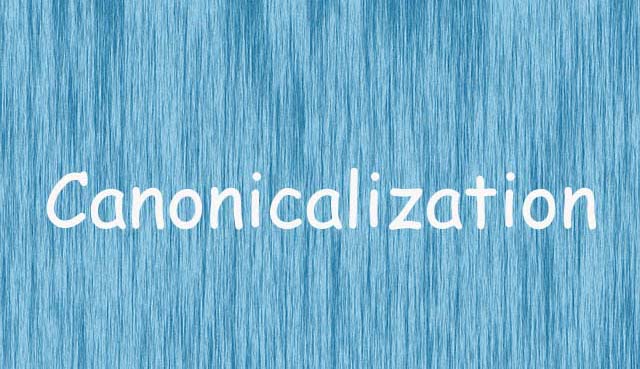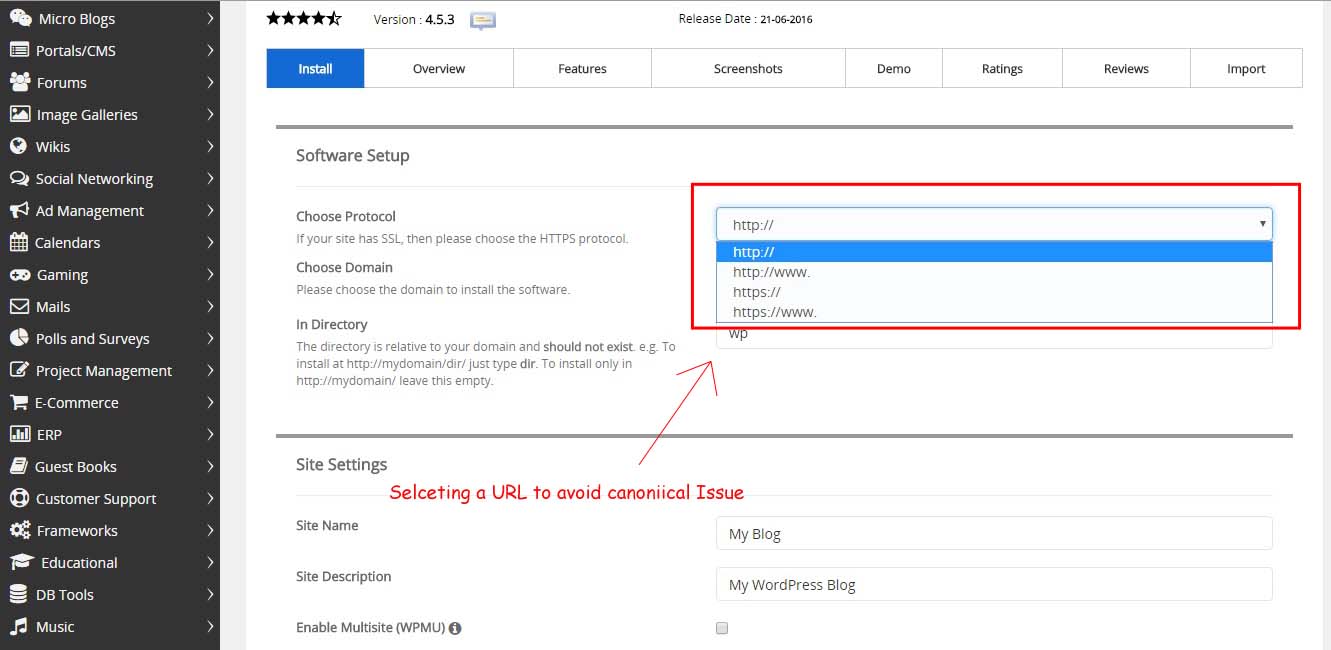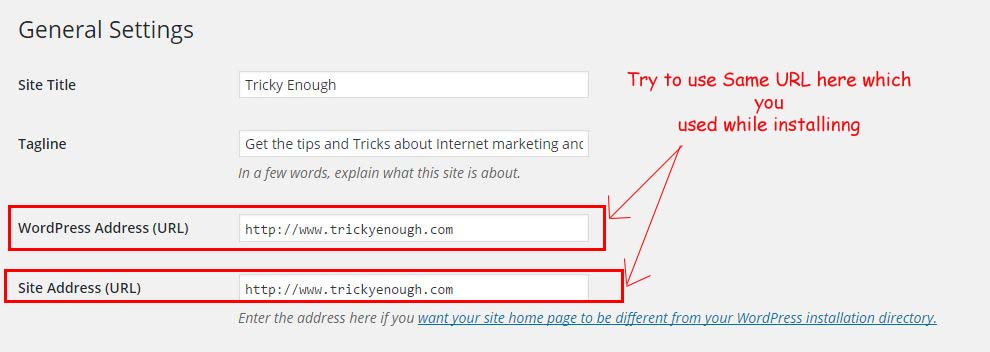Robin Khokhar
Robin Khokhar is an SEO specialist who mostly writes on SEO. Thus sharing tips and tricks related to SEO, WordPress, blogging, and digital marketing, and related topics.
Duplicate content is an issue that can get a penalty to your website. Google always asks to write unique and good content...

Duplicate content is an issue that can get a penalty to your website. Google always asks to write unique and good content to get rid of the panda penalty. There may be many factors in ranking a website in Google SERPs, but alongside that, there are factors that can get you a Google penalty, if avoided. Canonicalization is one of the major factors that can get you a Panda Penalty.
In this post of mine, I will be sharing how you can solve the canonical issue to avoid the Panda penalty or duplicate content issues on your own Website. Canonicalization is a basic On-Page SEO tag that helps the search engines to consider one URL for your Website or blog.
Learn:
When for the first time I heard the word canonicalization, I was thinking of some other meaning of it. As the word is difficult to speak and spell but it has great weight. Well, let me explain to you the term canonicalization. Many SEO experts and webmasters use the term Canonical issue.
I will try to explain this term and how you can use this term to solve your canonical issue.
Suppose we have two URLs for a blog or a website (like the links below).
If both of the above URLs show the same content and no redirects are allowed on these two URLs. Like “https://example.com” is not redirected to “https://www.example.com” and vice-versa using the canonical tag. This will be considered duplicate content for Google, and the site owner will face the panda penalty for the duplicate content. And solving this canonical issue can be termed canonicalization.
This can even happen with a plane Website without CMS. Which may have an index.php file and the domain name and if this canonical issue is not solved then one can face the penalty for duplicate content from Google or other search engines.
If the above of both URLs show the same content, then that will be considered as duplicate content for Google.
Although search engines are becoming good enough and are also using artificial intelligence. But we still need to conform to the search engines which URL they must follow. Actually, search engines use bots that can’t decide whether the URL is from the same page or different. These bots will consider duplicate content if we do not solve the canonical issue.
If the URL of your website appears with both the non-www and www in any of your browsers, then it is for sure that you need to fix this canonical issue. You must fix your server’s settings so that your website URL appears with only one URL so that whether you type the URL of your blog with www or without www in any of your browsers, it redirects to only one URL. You can try my blog’s URL to check this issue. Either you type the URL of my blog with or without the www, but the URL of my blog will automatically be redirected to the “https://www.trickyenough.com/.” So, if you are using both two URLs for your blog or website, then there is an important tag that you can use to let the search engine know which URL they must follow, you simply use rel=” canonical.” And just this simple tag can save you from getting a penalty.
Recommended:
How to Check Duplicate Content Using Copyscape?
Redirection of the links – Are bad or Good for SEO?
For implementing the URL canonicalization perfectly, you need not code long lines. For solving the canonical issue you just need to type a single line of the tag. You can check the below tag for the same.
<link rel=”canonical” href=”https://example.com/index.php”>
Let’s understand with the help of an example: suppose your website or blog has two URLs and both URLs have the same content and you need to show Google that the content belongs to one source only and no content is duplicate or identical to each other.
Now Google thinks that the above two URLs are different, but you can simply use the tag canonical for the “https://example.com/index.php” to convey to Google that the URL is identical or canonical to the “https://example.com/.” And I am sure that doing this will help Google understand easily that there is no duplicate content on your site and you will be saved from the Google penalty.
This tag must be placed in the header section of your website or blog. The tag will not work if placed somewhere instead of in the header section. You can check the below image for reference.

In the above image, you can see that I have kept the canonical tag in the header section only. There are two canonical tags for the blog because blogs have multiple pages with posts. Then that tag can be used next to the canonical tag like this:
<link rel=”next” href=”https://example.com/page/2/”/>
WordPress is one of the most popular platforms and solving the canonical issue with it is also important and easy. I have worked with many WordPress websites and blogs and believed that you need not put the canonical tag in the header section. You can simply use Some SEO plugins like SEO Yoast and All in One SEO to their work easily.
If you are not familiar with WordPress, then I suggest you first read why to use WordPress for your blog and then a complete guide to starting your own self-hosted WordPress blog.

As in the above image, you can see that you can easily use a URL for your blog and website. Whether you want to go with the www or non-www URL of your blog or website, it’s your will but make sure not to fall victim to duplicate content.
So, after installing WordPress, I suggest you check your general setting in your WordPress and fix the URL if there is any problem.

If the URL in the general setting is the same as it was while installing it, then you can leave the other thing on the SEO plugins. And I am sure that you will not be facing any penalty with your blog or website.
It is not only important to use a canonicalization tag on the place, but it is also important to decide when you must use it. Because there may be a situation or CMS, or coding when we need not use the canonical tag.
You must solve the canonical issue when in need: below are the conditions given:
Suggested post:
Moving your WordPress site from HTTP to HTTPS for free.
Best Copyscape alternatives to check plagiarism.
On-page SEO is more important than Off-page SEO because if the On-Page SEO is not done correctly then doing Off-Page SEO is a waste of time. So, canonicalization is an important part of On-page SEO, and this canonical issue must be solved with perfection to get rid of the Google Penalty.
So, if you are still facing any problems with the canonical issue or have any questions, feel free to ask me anything in your comments.